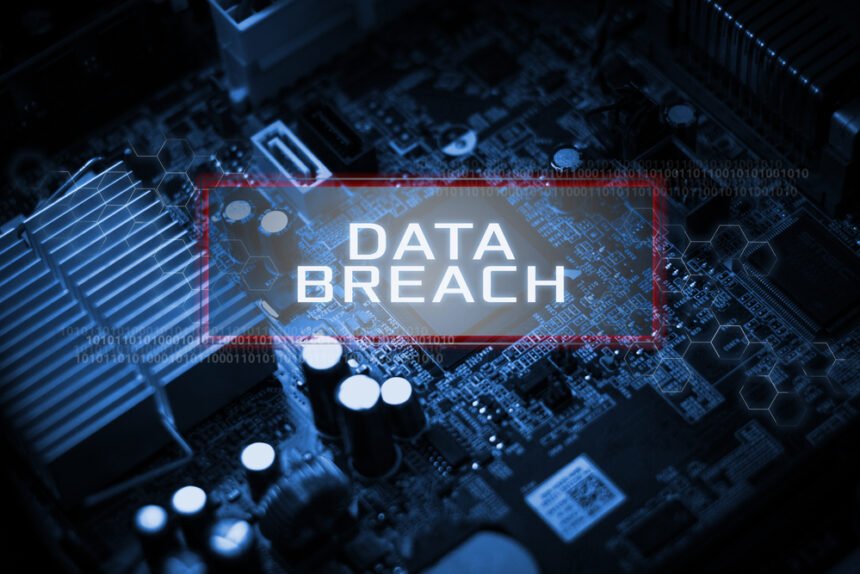Data breaches are becoming a greater threat than ever. According to the Identity Theft Resource Center’s 2021 Data Breach Report, there were 1,862 data breaches last year. This figure is likely to keep rising in the months to come.
If you want to protect against a data breach, you must have the best cybersecurity plans in place. You need to know what steps to take to keep online data safe and follow them diligently.
Prevent Data Breaches with the Right Cybersecurity Strategies
Cybersecurity policies have become one of the top priorities for organizations, especially as the nature, frequency, and sophistication of cybersecurity attacks are rapidly evolving and the number of data breaches escalates each year. These policies form the first line of defense by placing down ground rules for data security best practices, and building defenses through the collective knowledge of an organization. These might typically include policies surrounding user accounts, online identities, network resources, and even client data confidentiality.
For many organizations getting started with the process of compiling such policies might seem like an uphill battle, one which they might feel is overwhelming. In order for these organizations to address the lack of comprehensive data security policies need to start with analyzing their current situation.
By utilizing a third-party Cyber Risk Quantification Platform, the road ahead is simplified. Having a trusted source of specialist diagnostic data about the vulnerabilities in the organization will greatly reduce the effort involved in scoping and compiling cyber security policies and checklists.
Cyber Security Checklist to Stop Data Breaches
A Cyber Security checklist enables organizations to identify and inventory their information assets, assess the impact on customers and the organization if those assets are compromised, identify potential protections and processes used to secure those assets, and then conduct a risk-based assessment. Resources, the consequences of a potential breach, and the available protections and safeguards should be considered.
In some cases, organizations might choose to remediate or address high-risk vulnerabilities, while in other cases they might decide the threat is low-level and can be tolerated. Organizations should be able to explain why they chose to remediate or not remediate the vulnerabilities that were identified.
Cyber security checklists require time and effort from board executives at an organization as well. At the very least, organizations should identify the assets that are vulnerable to a cyberattack, and they should assign a level of risk to those assets. It is then imperative to advise the organization’s senior executives about how to allocate resources so that both its customers and its own data are protected.
Nuts and Bolts of a Data Security Checklist
The security policies of organizations must define how their IT assets can be used and what areas constitute inappropriate use. Data security must be ensured by an organization’s security policies. These policies are an integral part of every organization’s security checklist.
Employees should receive frequent training in order to protect themselves and corporate assets against cyberattacks. Phishing, password security, device security, and a variety of other sorts of assaults should all be covered in these training sessions. Employees would then be knowledgeable of what cybersecurity breaches look like, and what they can do to secure their sensitive data in this manner. While it is difficult to fully protect data, you will have an easier time by having a data security plan that employees buy into.
All anti-virus applications, as well as your machine’s applications and operating system, must be up to date, with the latest security patches applied. It is advised to avoid operating systems for which the provider has stopped providing security updates because this poses a significant security risk. The checklist should include the update and backup schedules for applications and all data sources. Cyberattacks, as well as other natural or human-caused disasters, can be recovered with reliable data backups.
Access to information should be restricted, ensuring that only authorized users have access and preventing unauthorized access to systems and services. Unauthorized users gaining access to sensitive material, whether by mistake or on purpose, can have serious implications. The checklist should also include password policy guidelines along with items such as account longevity and administrative duty segregation.
Organizations should activate disk encryption and remote-wipe functionality on their company devices to render them worthless if they are lost, stolen, or fall into the hands of malicious actors. This should be applicable to all the fixed and mobile device infrastructure. The checklist will allow organizations to keep track of all these devices to ensure security compliance.
Penetration testing is advised; simulated attacks are undertaken to detect holes in the system’s defenses and address faults that have not been discovered earlier.
With the implementation of an automated third-party CRQ tool, organizations will not only benefit from the automated monitoring but can also rely on the specialist knowledge of the vendor to improve their own internal policies and procedures.

